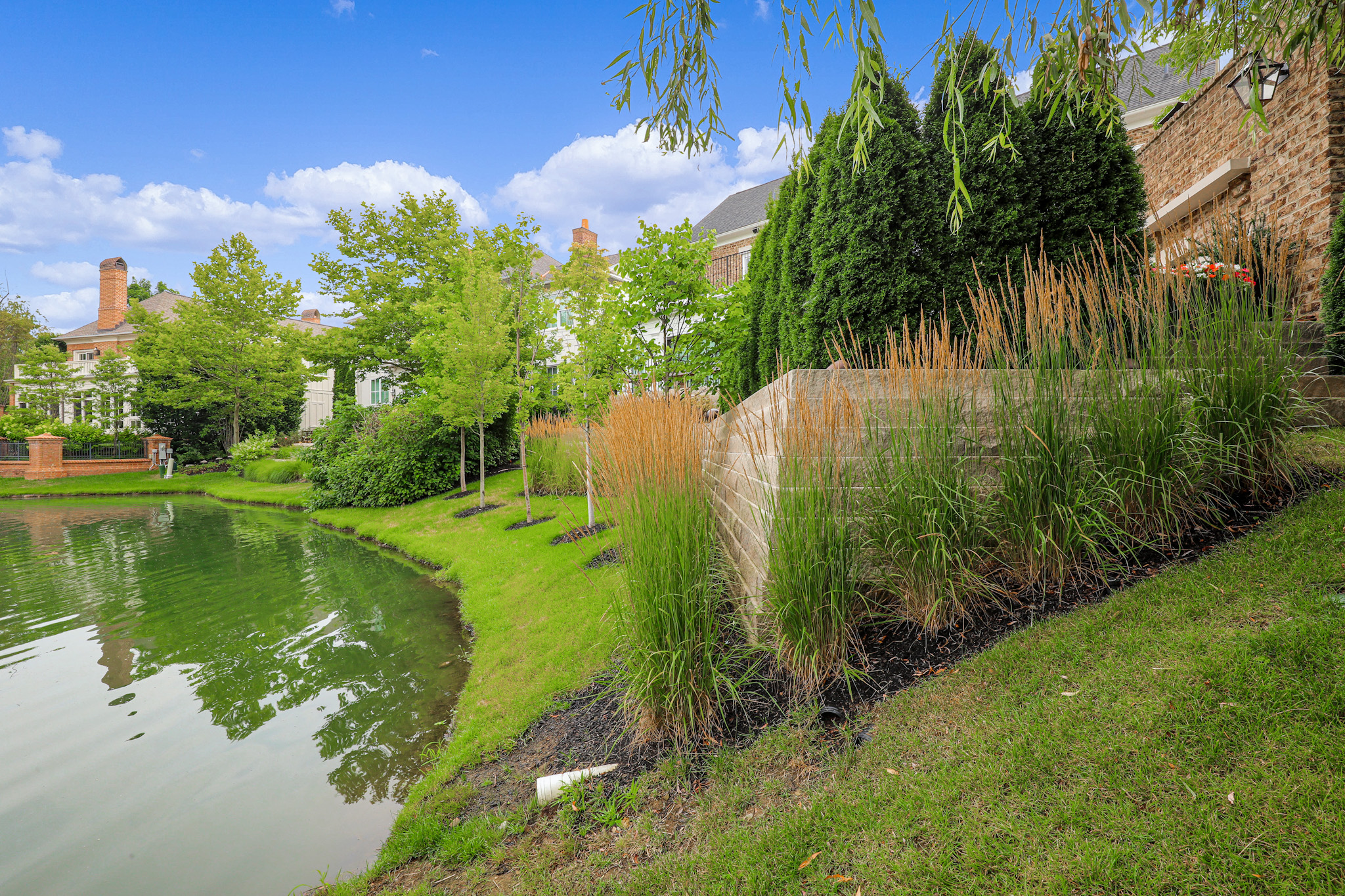 Edible landscaping is a growing trend that we love at Ottawa! It combines beauty and functionality, allowing homeowners to cultivate fresh produce while enhancing the aesthetics of their outdoor space. By integrating fruits, vegetables, and herbs into your garden design, you can create a lush, productive landscape that provides both visual appeal and homegrown ingredients for your kitchen. Here are some creative ways to blend edible plants seamlessly into your yard.
Edible landscaping is a growing trend that we love at Ottawa! It combines beauty and functionality, allowing homeowners to cultivate fresh produce while enhancing the aesthetics of their outdoor space. By integrating fruits, vegetables, and herbs into your garden design, you can create a lush, productive landscape that provides both visual appeal and homegrown ingredients for your kitchen. Here are some creative ways to blend edible plants seamlessly into your yard.
Incorporate Raised Garden Beds
Raised beds are a great way to grow fruits and vegetables while maintaining a structured and attractive landscape. They improve drainage, reduce soil compaction, and make gardening more accessible. Use natural materials like stone or wood to create raised beds that complement your existing outdoor design. Consider arranging them in geometric patterns or lining them with flowering herbs for a decorative touch.
Plant Fruit-Bearing Trees as Focal Points
Fruit trees not only provide delicious harvests but also add shade, texture, and seasonal interest to your landscape. Options like apple, pear, cherry, or citrus trees can be planted as standalone features or incorporated into existing garden beds. Dwarf and espaliered fruit trees are excellent choices for smaller spaces, as they can be trained to grow against walls or fences without taking up too much room.
 Use Herbs as Decorative Borders and Potted Accents
Use Herbs as Decorative Borders and Potted Accents
Herbs like lavender, rosemary, basil, and thyme are not only aromatic and useful in cooking but also make excellent border plants. Their varied textures and colors can define garden beds, walkways, or patio edges while repelling pests naturally. Mix different types of herbs to create an appealing contrast and a dynamic visual display.
Additionally, herbs are great additions to decorative potted flower arrangements. Their lush foliage acts as a beautiful filler, adding texture and interest to container gardens. Some herbs, like basil, sage, and chives, also stand out beautifully in their own pots, making them a stylish and practical addition to patios, balconies, and entryways.
Blend Edible Plants into Flower Beds
Many edible plants, such as kale, Swiss chard, and peppers, have vibrant foliage that can enhance traditional flower gardens. Mixing ornamental flowers with vegetables adds depth and diversity to your landscape while maximizing growing space. Marigolds, nasturtiums, and borage are great companion plants that help deter pests while adding pops of color.
 Create Vertical Gardens with Climbing Edibles
Create Vertical Gardens with Climbing Edibles
If space is limited, consider vertical gardening techniques. Trellises, arbors, and wall planters can support climbing edibles like tomatoes, cucumbers, beans, and grapevines. Not only do these structures add height and interest to your garden, but they also make harvesting easier and keep plants off the ground, reducing the risk of pests and diseases.
Add a Kitchen Garden Near Your Outdoor Cooking Area
Positioning a small herb and vegetable garden near your outdoor kitchen or patio makes it easy to grab fresh ingredients while cooking. Raised beds, container gardens, or even a tiered planter can keep essential herbs and vegetables within reach, enhancing both the convenience and beauty of your outdoor space. And don’t forget—fresh herbs make the perfect addition to summer cocktails and lemonade, adding a burst of refreshing flavor!
Choose Multi-Functional Plants
Opt for plants that serve multiple purposes in your landscape. Blueberry bushes, for example, produce fruit, offer stunning fall foliage, and can be used as hedges. Rhubarb and artichokes have striking, architectural leaves that add texture and height to garden beds. By selecting plants that contribute both aesthetically and functionally, you maximize your garden’s potential.
Edible landscaping is a fantastic way to make the most of your outdoor space, providing fresh produce while enhancing your home’s curb appeal. Whether you have a sprawling backyard or a compact patio, there are plenty of ways to incorporate fruits, vegetables, and herbs into your garden design. By integrating raised beds, fruit trees, herb borders, and vertical gardens, you can create a beautiful and productive edible landscape that nourishes both the body and the soul. Happy planting! Want to learn more? Contact us.



 Use Herbs as Decorative Borders and Potted Accents
Use Herbs as Decorative Borders and Potted Accents Create Vertical Gardens with Climbing Edibles
Create Vertical Gardens with Climbing Edibles
